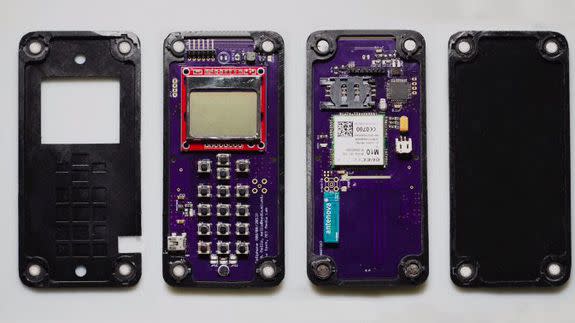MIT scientists created a cell phone that can build itself

Scientists at MIT have created a self-assembling cell phone. The prototype, developed by MIT's Self-Assembly Lab, is able to piece itself together in less than a minute.
SEE ALSO: Researchers create temporary tattoos you can use to control your devices
The concept behind the project, first reported by Fast Company, is surprisingly straightforward. Each phone is made of three pieces. Six of these are placed in a tumbler which shakes the pieces fast enough to get the pieces to snap together (via magnets) but not fast enough to break or damage them
You can see how the process works in the video below. The total assembly time can range from a couple minutes to less than one minute, according to the report.
The project is still an experiment, but MIT's Skylar Tibbits, who worked on the prototype, says the concept opens up a new realm of design possibilities, particularly given the trend of modular smartphones with parts.
"Right now the phone is predetermined, and we’re using this process to assemble that phone," he told Fast Company.
"But imagine you take a circuit board and you have different logical building blocks and those logical building blocks can be tumbled around—you can have different functionalities. Essentially the holy grail is [that] you want complete design freedom."

 Yahoo News
Yahoo News 